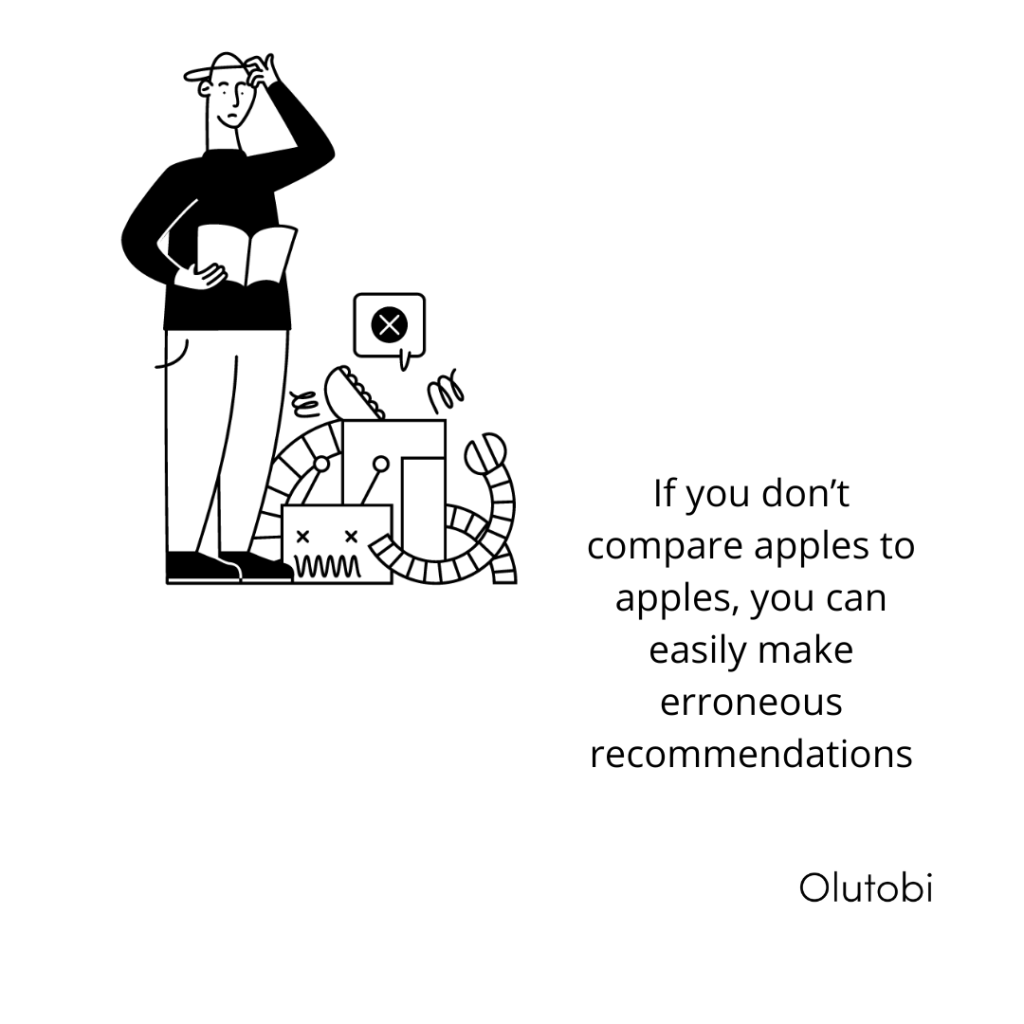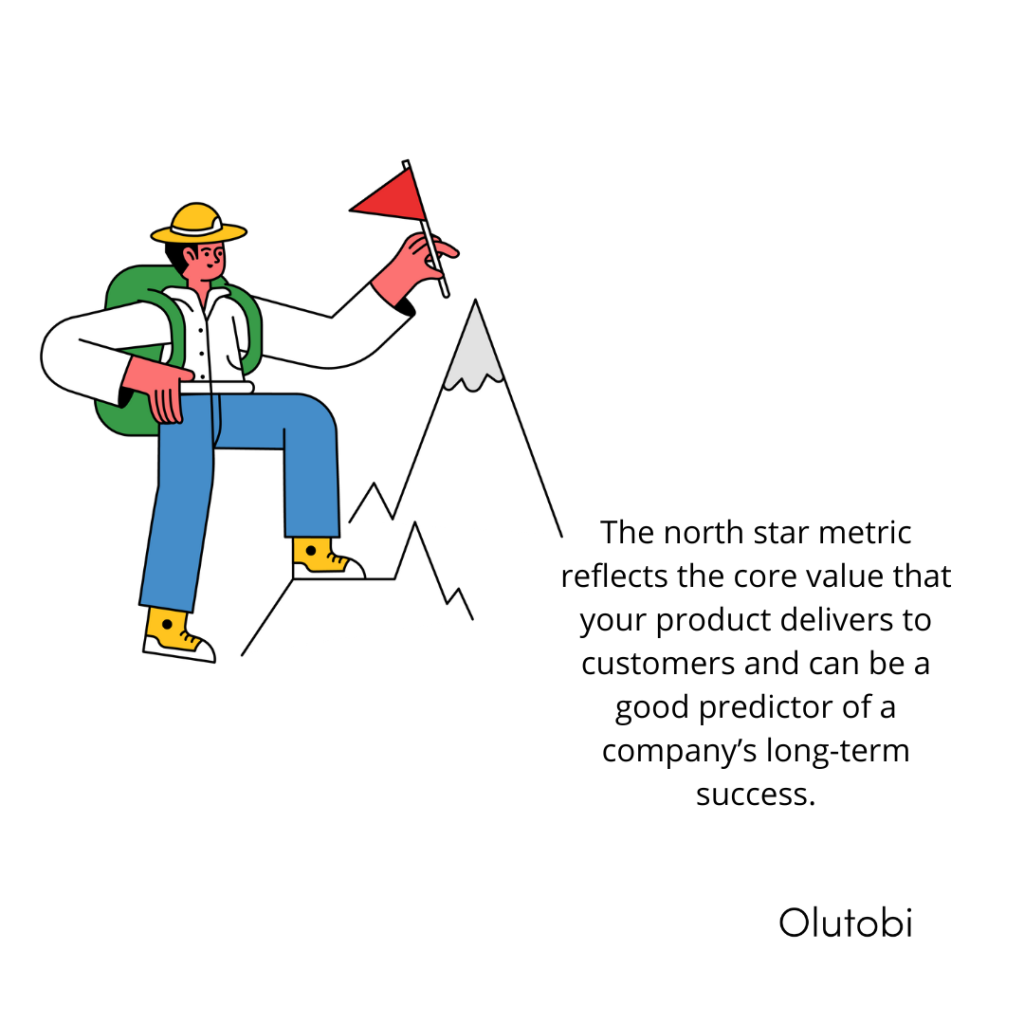Origin of the Hedgehog Concept
The Hedgehog and the Fox is an essay by philosopher Isaiah Berlin that was published as a book in 1953. The title is a reference to a fragment attributed to the famous Greek Poet, Archilochus: “a fox knows many things, but a hedgehog knows one big thing”
Jim expands on this idea in his 2001 book, Good to Great. And according to Jim, “the good-to-great companies founded their strategies on deep understanding along three key dimensions and then translated their understanding into a singular approach that guided all their actions.”

The Hedgehog Concept is a useful tool that can assist you focus on your strengths and achieve your objectives. It is based on the idea that companies should focus on doing one thing exceptionally well.
It is an intersection of three circles:
-
What You are Deeply Passionate About?
-
What You Can Be the best In the World At, and
-
What Best Drives Your Economic or Resource Engine?
What You are Deeply Passionate About?

Find Passionate Employees
Jim alludes that it’s not about igniting passion in employees but finding those already passionate about the company’s mission. it’s that simple.
Cultural fit is more important than a person’s skill.
HR practitioners should create employee personas before they start creating job descriptions and interviewing people.
Most of us are passionate about a lot of things but it usually boils down to one simple truth. That is, There’s always a common denominator running through all of our passions. Maybe it’s helping people. Maybe it’s making money. Maybe it’s providing opportunities for others. It could literally be anything.
Some people believe we become passionate about certain things following deep emotional experiences from our childhoods or any other time in our lives. Others say that it’s more of a genetic thing; the classic nature versus nature debate.
Because human beings are complicated, I don’t believe that we can narrow the concept of passion to “what you love”. I think it’s more than that and this quote by Mitch Albom sums it up, in my view.
“What you carry is what defines you. It can be the burden of feeding your family, the responsibility of caring for patients, the good that you feel you must do for others, or the sins that you will not release. Whatever it is, we all carry something, every day.”
Because it’s not just what you love, but what you believe you must do.
So, don’t just interview for skill (because skill can be developed), interview for passion.
Practice Your Company Values
If you want to create a positive culture and inspire growth, you must consistently practice your company values. When you lead by example, you create a culture of trust and collaboration. But when you fail to model those behaviors, you create a culture of distrust. This is why a lot of companies have organizational culture and values that live in the pages of the company handbook but do not reflect in employee behavior.
What You Can Be the best In the World At
Here’s an excerpt from Jim’s book to frame our discussion:
“Prior to clarifying its Hedgehog Concept, Wells Fargo had tried to be a global bank, operating like a mini-Citicorp, and a mediocre one at that. Then, at first under Dick Cooley and then under Carl Reichardt, Wells Fargo executives began to ask themselves a piercing set of questions: What can we potentially do better than any other company, and, equally important, what can we not do better than any other company? And if we can’t be the best at it, then why are we doing it at all?”
What You Can Potentially do Better Than any Other Company?

Look Outward.
If you are looking to improve business performance, you must benchmark other businesses. And this has to be done accurately to prevent coming to wrong conclusions. You must compare apples to apples and this means comparing your company with others in the same industry. Also consider other factors such as the relative age of your benchmark, their level of access (financial, geographical, educational, customer) as these factors contribute to their results as well. When done properly, benchmarking should be able to uncover best practices, current trends, areas of improvement and business opportunities to explore.
What You Cannot do Better than Any Other Company?

Look Inward.
This requires a clear understanding of your current resource constraints which could be time, skillset, people count and so on.
However, this can also lead to complacency and can be dangerous to a company’s growth long term.
Consider Eastman Kodak:
January 19, 2023, marked the 11th anniversary of the bankruptcy of one of America’s greatest companies, the Eastman Kodak Company.”
The Kodak film company is an interesting case study about confronting changes in the business environment. The very company that revolutionized and commercialized cameras and photography through affordable cameras and films failed to keep up with digital photography.
You can still innovate while leveraging Your Current Strengths
First of all, it’s crucial to realize that innovation doesn’t always entail starting from scratch. Businesses may encourage innovation in new fields by utilizing their current strengths and skills. You can also identify areas where your core strengths can be adapted in creative ways. You can read more about Nucor. This American Steel Manufacturer is great at leveraging their core capabilities in steel manufacturing.
Regardless of your strengths, build a culture that supports Innovation by creating an atmosphere that promotes cooperation and idea exchange.
What Best Drives your Economic or Resource Engine?
According to Jim, “If you could pick one ratio (profit per X) – to systematically increase over time, what X would have the greatest and most sustainable impact on your economic engine?”
Well, consider using a North Star metric to answer this question.
 What Is the North Star Metric?
What Is the North Star Metric?
The north star metric reflects the core value that your product delivers to customers and can be a good predictor of a company’s long-term success.
To qualify as a “North Star”, it must deliver three things:
-
Lead to revenue,
-
Reflect customer value,
-
And measure progress.
A few examples:
-
The number of weekly customers completing their first order (Amazo)
-
Customer lifetime value (CLV)
-
Monthly-recurring revenue (MRR)
-
Daily Active Users
-
Total Watch Time Per Month (Netflix)
-
Number of patients on refills
-
Average Order Value (Amazon)
-
% of paid subscribers (Spotify, Youtube Music)
-
Daily Screen time (Instagram, Tiktok)
To summarize, the Hedgehog Concept is a powerful tool that can help you focus on what you do best and, as a result, achieve your goals.
By identifying what you are deeply passionate about, what you can be the best in the world at, and what best drives your economic or resource engine, you can narrow your focus to the one thing you can do exceptionally well.
It’s also critical to constantly innovate and adapt, leveraging your current strengths while looking for new opportunities for growth. Creating a positive company culture that supports your values and encourages innovation can also be beneficial in achieving long-term success.
Hedgehog Concept Case Study
Nucor is an excellent example of a corporation that has successfully used the Hedgehog Concept. Nucor is a steel production company based in the US. For Nucor, the hedgehog concept was “we make steel, and we make it better and cheaper than anyone else.”
Passion:
Nucor is dedicated about producing low-cost, high-quality steel. They are dedicated to giving the finest value in the market to their clients.
Best in the World
Nucor has risen to the top of their chosen business model. They have developed a novel method of producing steel that is both efficient and cost-effective.
Economic Engine
Nucor’s economic engine is propelled by the company’s emphasis on efficiency and low costs. They have kept their prices low by utilizing technology and fostering a culture of constant improvement.
Humanocracy and Good to Great
Interestingly, Nucor is also mentioned as a model company in another more recent management book called Humanocracy by Gary Hamel and Michele Zanini.
Employee Empowerment
Both books highlight the fact that Nucor empowers their employees to make decisions, accept responsibility for their job, and contribute to the company’s success. Nucor is well-known for its decentralized decision-making process, in which staff are encouraged to solve problems and take initiative.
Merit based Promotion
Both books also mention the fact that employees at Nucor are rewarded and promoted based on their performance, with an emphasis on outcomes rather than any other factor.
Decentralized Management
Both books mention the fact that Nucor has a decentralized management, providing employees with more authority, and eliminating bureaucracy. This approach is shown by Nucor’s flat organizational structure and emphasis on local decision-making.
Continuous Improvement
Nucor is well-known for its dedication to innovation and continual improvement, always looking for ways to better its products and operations. Also, these are championed at the local levels without bureaucratic hoops and loops.


